New build: evaporative cooler?
User
6 years ago
Featured Answer
Sort by:Oldest
Comments (28)
suzyq53
6 years agoRelated Discussions
Build your own walk-in cooler?
Comments (21)Cheryl, Kim, Kat - and everyone...finally had a chance to get pictures taken, when it wasn't too messy! I have shelves, but just don't have them in the cooler yet. The cooler is 10 x 12 x 9' tall. I still don't have the lights installed, didn't get them until right before it snowed...so need to get that done and fill in around the edges with more rock. Side view of cooler Front of cooler href="http://smg.photobucket.com/albums/v356/flowers4u/2008%20flowers/?action=view¤t=IMG_3238.jpg" target="_blank"> Inside w/dahlias and apples! Water bucket-fills up on hot days! (sorry about the sideways pics...I couldn't get them to stay rotated and posted that way!) The "cooler guy" still needs to finish the inside bottom...he was unable to come back last fall and I had it full anyway! Hope this helps! Wendy...See Moreevaporative coolers?
Comments (1)Don't be afraid to call up contractors for quotes. Anyone on this site might as well be throwing at a dartboard to give you a range for quotes. Most could get you a reasonable idea on materials (but the cost for materials depends on brand name and features too), but the labor expense is very localized and depending on what you've got installed now, the job could require all sorts of work or be some simple swap out of things. Contact your Condo Assoc. Board for reccomendations of contractors (someone who's done work in your type of building might give a more solid quote or give you advice on what to do). Then ask co-workers or people in your community for reccom. I know it's a hassle to meet contractors for quotes, but it's the best way to decide what to do and if you can afford it....See MoreEvaporative Cooler Newbie
Comments (1)Drain and clean the pan. Check the belt, if loose replace it when you start using cooler again. Check the filter media and relace if it is worn when you start using cooler again. If you can oil the motor, oil it. I like using Aspen wood filter media; It only smells good when it is new....See MoreNEW to New Build - A/C Option Input Needed
Comments (15)Whether or not it is "foolish" to piecemeal the project is why I'm asking questions. We've heard plenty of stories of folks who install it after the fact, once they have the cash to do so, (and often save a bundle) after all the more immediate cash needs are addressed (e.g. landscaping). It's only somewhat of a cost issue, because if we can get a better deal at a later date, then great. It's also a "don't want to finance it" issue. The cost goes up significantly when interest is tacked on. The house will also be significantly more energy efficient than our current house, so we have some questions as to just how unbearably hot it may (or may not) get. As you can see, it's not a total slam dunk either way. Hearing that the "prewire + line set" option done by the builder, and followed up with installation by a "certified dealer" (of course) of whatever appropriate condenser unit may be unwise is helpful. Why would the unit's warranty not be filed by the tradesman? On a related note, just got word that the builder's chosen unit is a Rheem 13 SEER. I will go do my own research here shortly, but any thoughts on this brand etc would be appreciated....See MoreUser
6 years agoAustin Air Companie
6 years agoionized_gw
6 years agoionized_gw
6 years agoionized_gw
6 years agoionized_gw
6 years agoAustin Air Companie
6 years ago
Related Stories
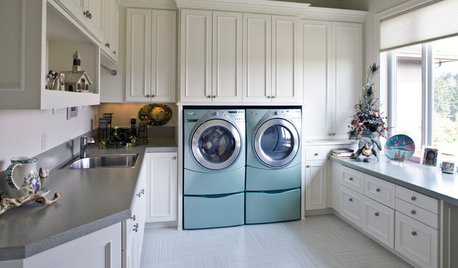
LAUNDRY ROOMSOne of the Biggest Building-Code Offenders in the Laundry Room
A dryer vent specialist shares what to do — and what to avoid — to keep things safe and efficient
Full Story
FARM YOUR YARDHow to Build a Raised Bed for Your Veggies and Plants
Whether you’re farming your parking strip or beautifying your backyard, a planting box you make yourself can come in mighty handy
Full Story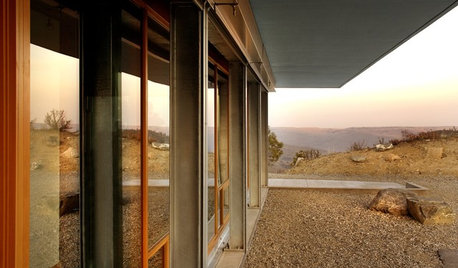
GREEN BUILDINGOff the Grid: Siting and Building to Conserve Energy
Look to low-tech solutions for big energy savings when you’re constructing a home
Full Story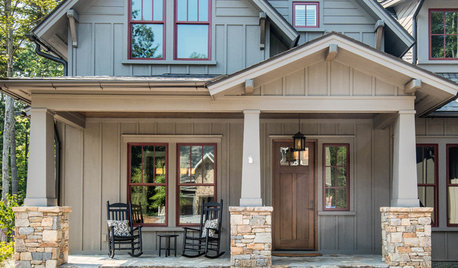
WORKING WITH PROS11 Questions to Ask an Architect or a Building Designer
Before you make your hiring decision, ask these questions to find the right home design pro for your project
Full Story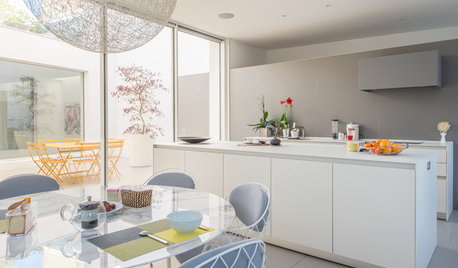
HOMES AROUND THE WORLDMy Houzz: When an Architect Builds Her Dream Home
This architect wasn’t afraid to make bold design choices, such as an upper-story central courtyard and a rooftop pool
Full Story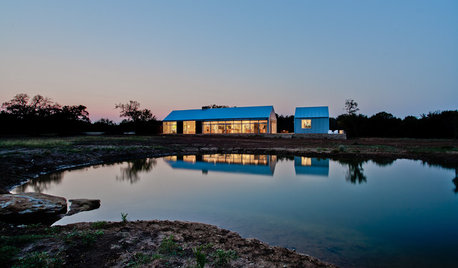
HOUZZ TOURSHouzz Tour: 3 Buildings Make for 1 Ideal Artist's Home
With a studio perched between a main suite and a guest cabana, a modern Texas home has all the bases covered
Full Story
GREEN BUILDINGInsulation Basics: Heat, R-Value and the Building Envelope
Learn how heat moves through a home and the materials that can stop it, to make sure your insulation is as effective as you think
Full Story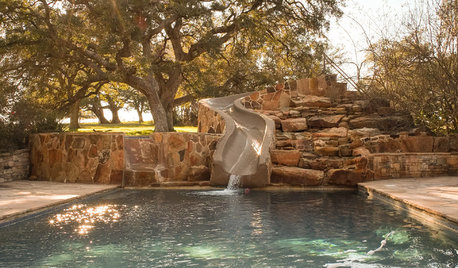
POOLSPool Slides: What's Possible, Who Can Build It and What It Will Cost
These slippery slopes will make a splash and offer an exhilarating ride that's the stuff of childhood dreams
Full Story


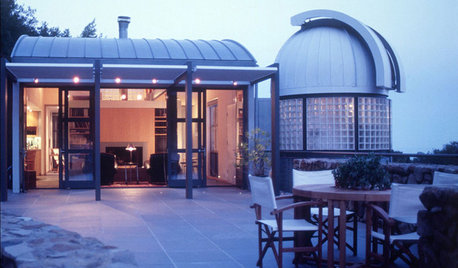
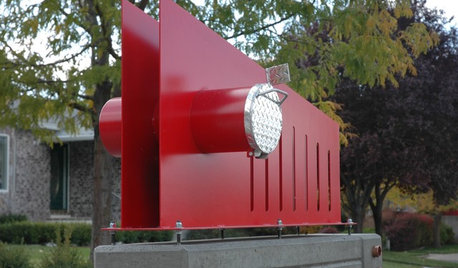

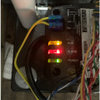
Elmer J Fudd